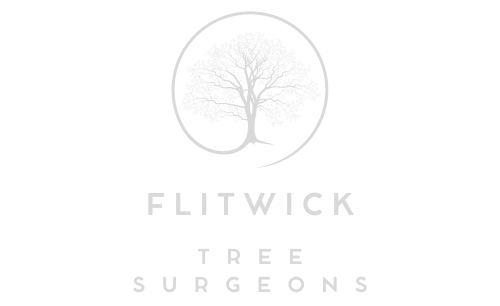The Role of Stump Grinding in Tree Disease Prevention
Introduction: Tree diseases can pose significant threats to the health and vitality of trees and surrounding vegetation. While proper tree care practices such as pruning and disease management are essential for preventing tree diseases, stump grinding also plays a crucial role in disease prevention. In this blog post, we’ll explore the importance of stump grinding in tree disease prevention and how it can contribute to maintaining a healthy and thriving landscape.
Removal of Disease Vectors:
- Tree stumps left untreated can serve as breeding grounds and hosts for fungal pathogens, pests, and diseases that may spread to nearby trees and plants. Fungi and pests can colonise decaying stumps, multiplying and spreading to healthy vegetation nearby. Stump grinding removes these disease vectors by eliminating the stump and its root system, preventing the spread of pathogens and pests to surrounding trees and plants. By removing potential sources of infection, stump grinding plays a crucial role in interrupting the disease cycle and protecting the landscape’s overall health.
Reduction of Inoculum Sources:
- Tree diseases often produce fungal spores or other infectious agents that can be transmitted through the air, soil, or water to nearby trees and plants. Stumps left in the ground can serve as reservoirs for disease inoculum, releasing spores or infectious agents into the surrounding environment and facilitating disease spread. Stump grinding reduces inoculum sources by grinding stumps into mulch, effectively destroying disease reservoirs and preventing further dissemination of pathogens. By eliminating inoculum sources, stump grinding helps to reduce the risk of disease outbreaks and promotes a healthier landscape.
Prevention of Root Grafting:
- In some cases, tree diseases can be transmitted through root grafting, a process by which roots of adjacent trees grow together and exchange nutrients and pathogens. Tree stumps left in the ground can act as conduits for root grafting, allowing pathogens to spread between stumps and healthy trees nearby. Stump grinding severs root connections by removing the stump and its root system, preventing root grafting and interrupting disease transmission. By eliminating the potential for root grafting, stump grinding helps to contain tree diseases and prevent their spread within the landscape.
Promotion of Tree Health:
- Healthy trees are more resilient to disease and better able to withstand environmental stresses and pest pressures. Stump grinding promotes tree health by removing diseased or decayed stumps that may harbour pathogens or weaken nearby trees. By eliminating sources of stress and competition for resources, stump grinding supports the overall health and vitality of trees in the landscape. Healthy trees are less susceptible to disease and better equipped to resist infection, contributing to a more robust and resilient ecosystem.
Aesthetic Improvement:
- Beyond its practical benefits for disease prevention, stump grinding enhances outdoor spaces’ aesthetic appeal by eliminating unsightly stumps and creating a clean and polished appearance. Removing tree stumps from the landscape allows for better landscaping design and outdoor space utilisation, enhancing curb appeal and property value. With a visually pleasing landscape free of tree stumps, property owners can create an inviting and attractive environment for residents, visitors, and passersby.
Conclusion: Stump grinding is vital in tree disease prevention by removing disease vectors, reducing inoculum sources, preventing root grafting, promoting tree health, and enhancing landscape aesthetics. Property owners can take proactive measures to protect the health and vitality of their trees and surrounding vegetation by understanding the importance of stump grinding in disease prevention. Stump grinding is an essential component of effective tree care and maintenance practices with its ability to interrupt the disease cycle, contain pathogens, and promote a healthy landscape.
Call us on: 01525 664 396
Click here to find out more about Flitwick Tree Surgeons
Click here to complete our contact form and see how we can help with your tree’s needs.

